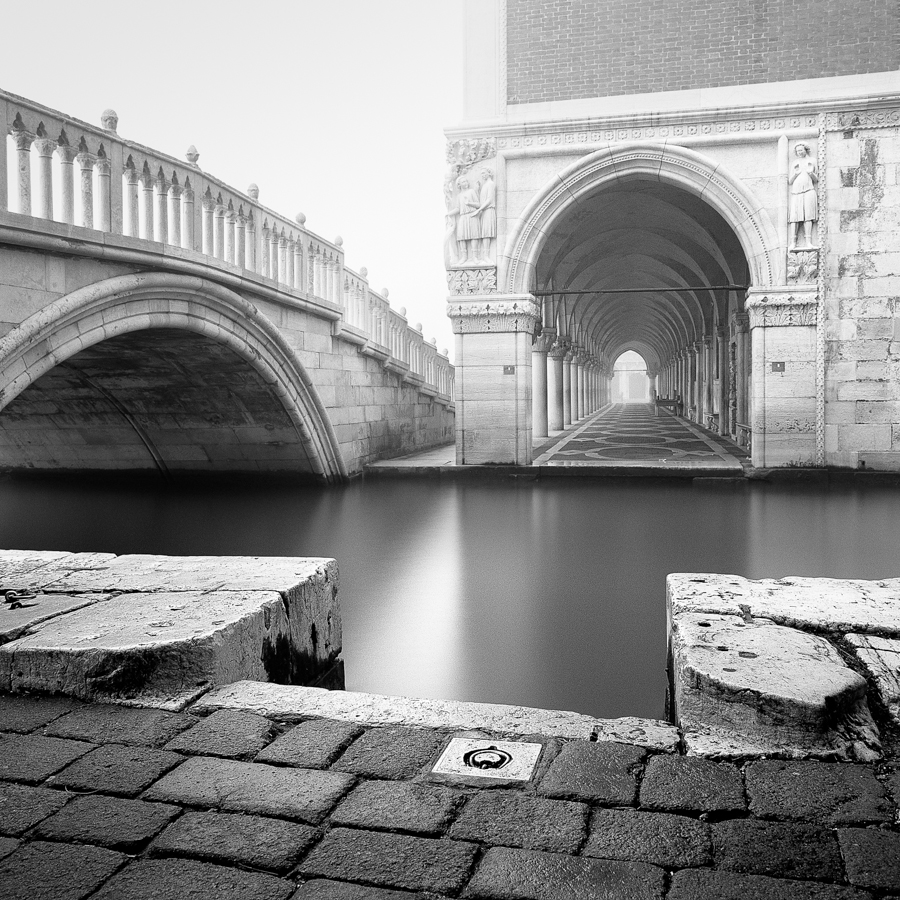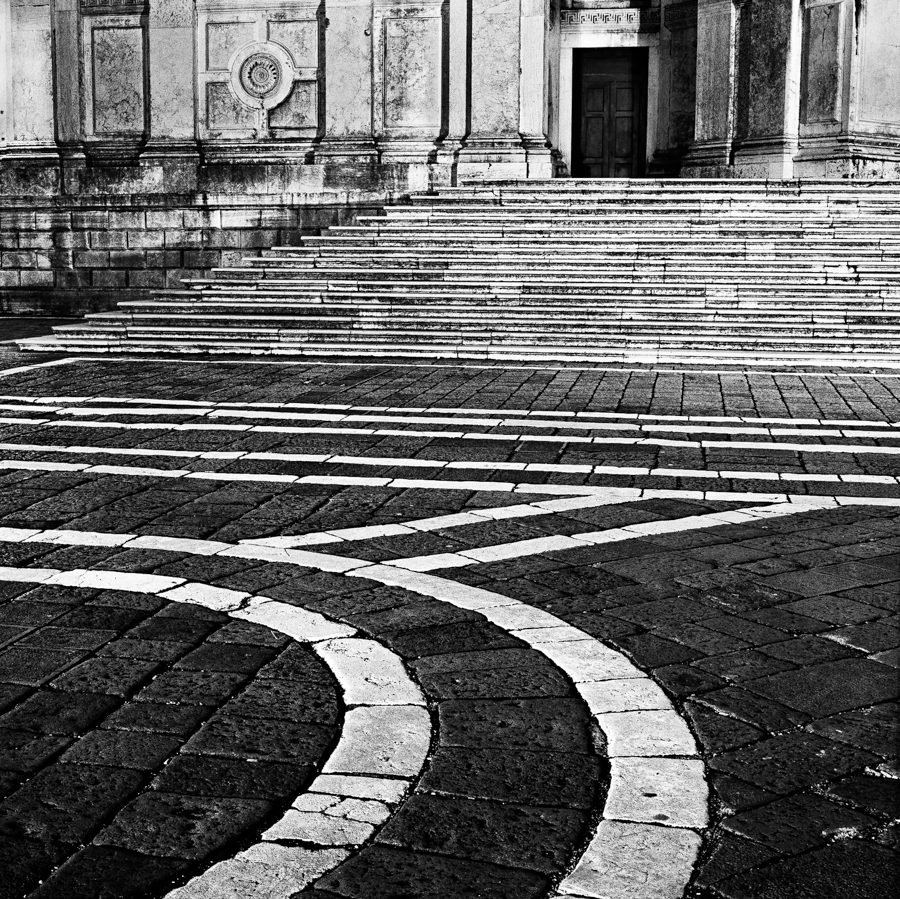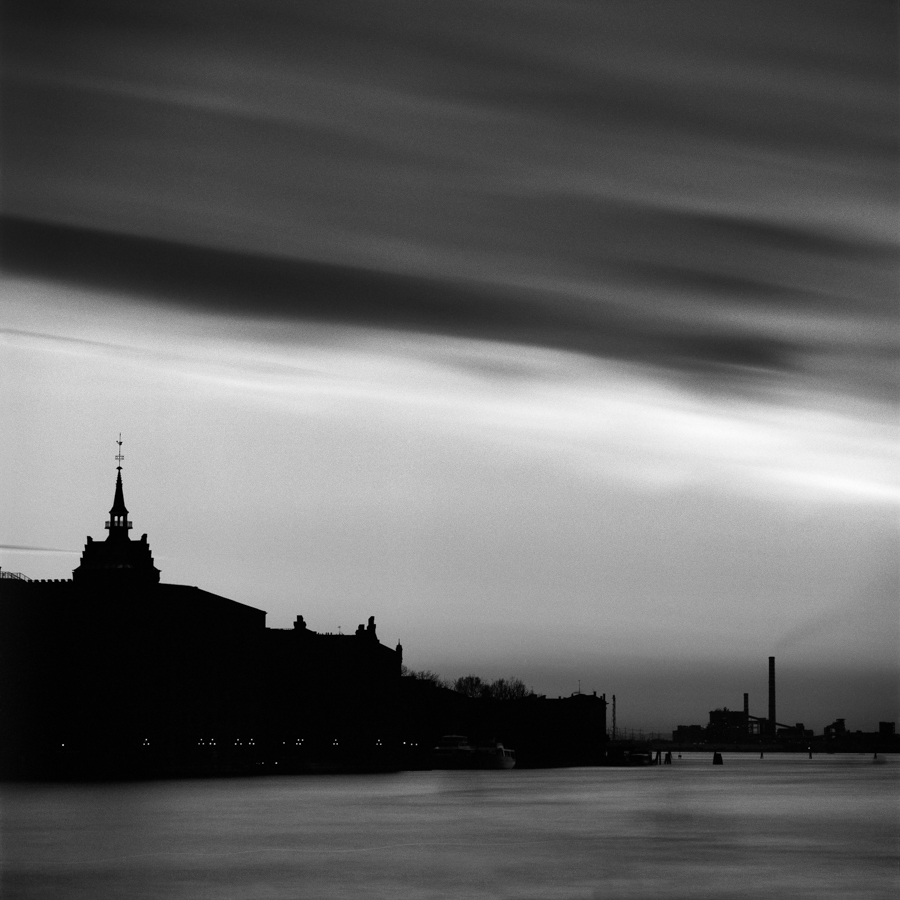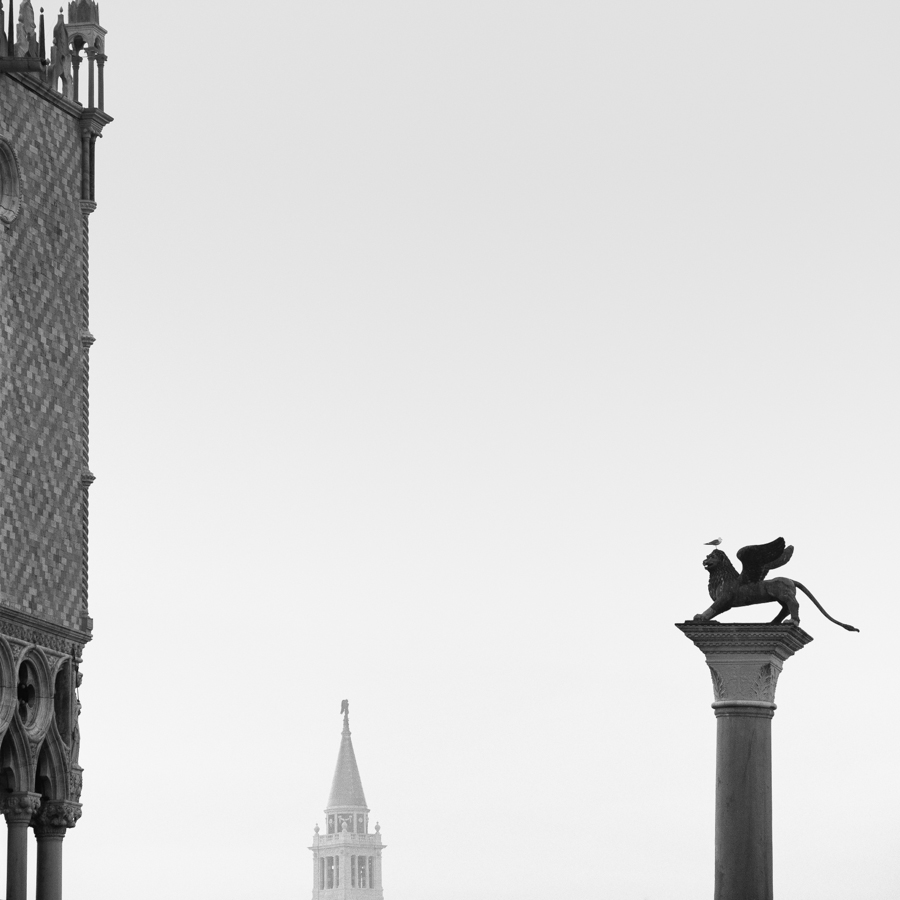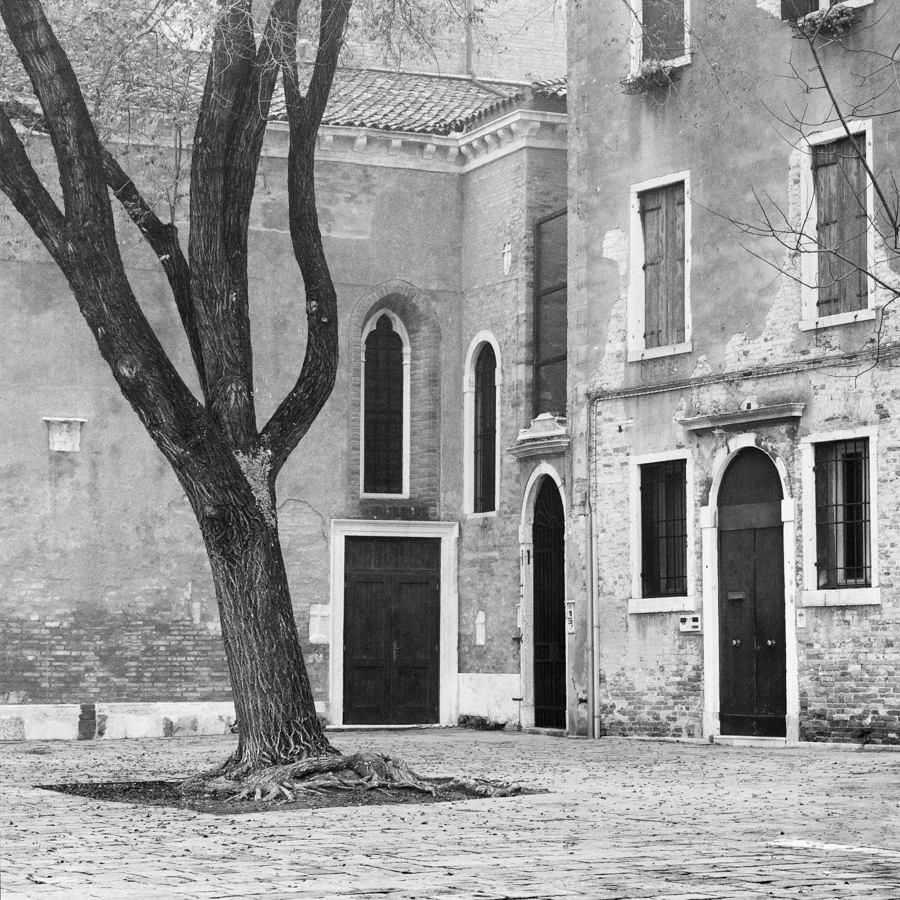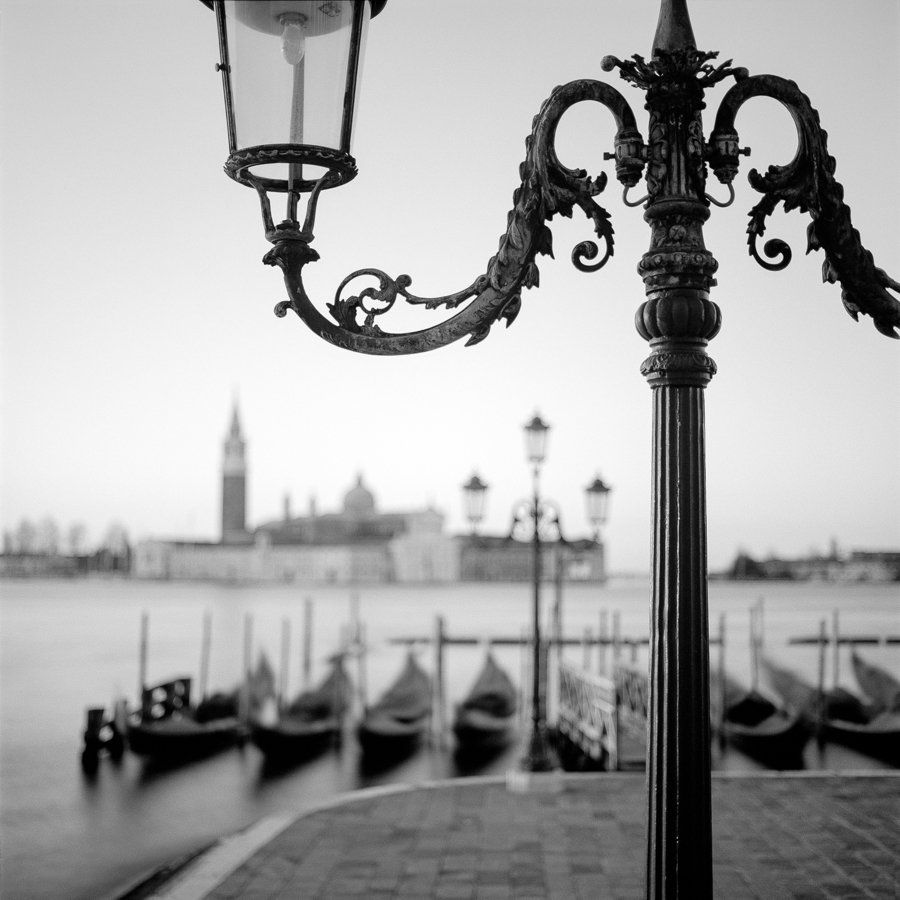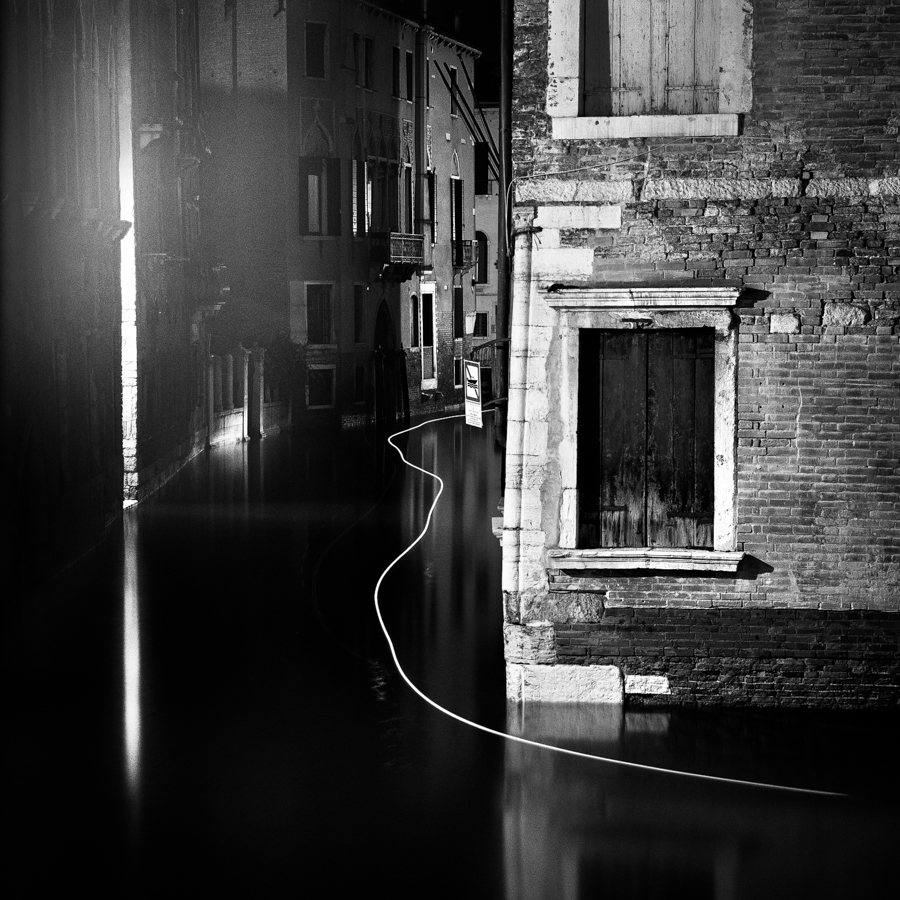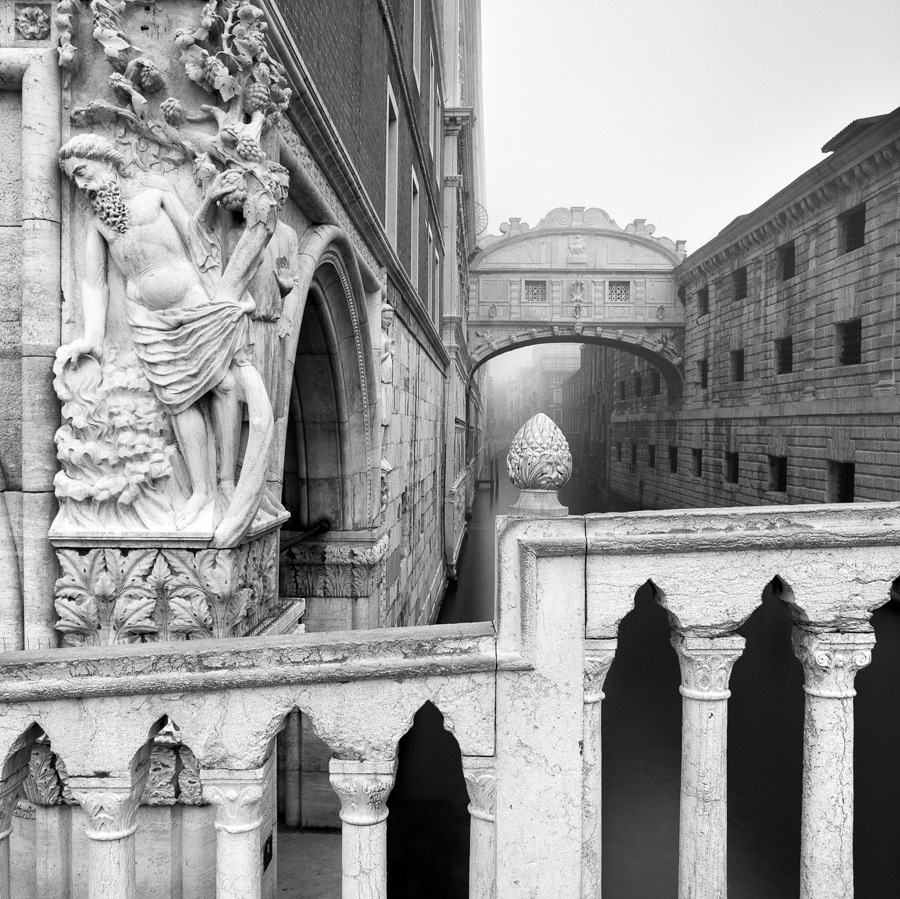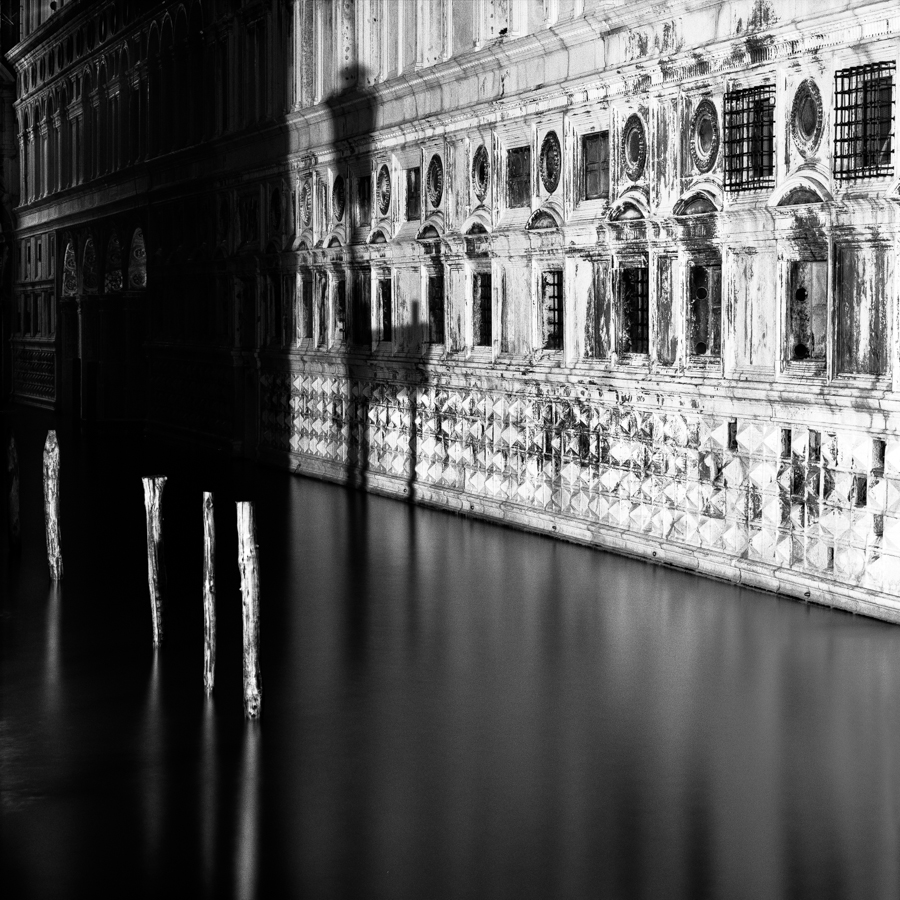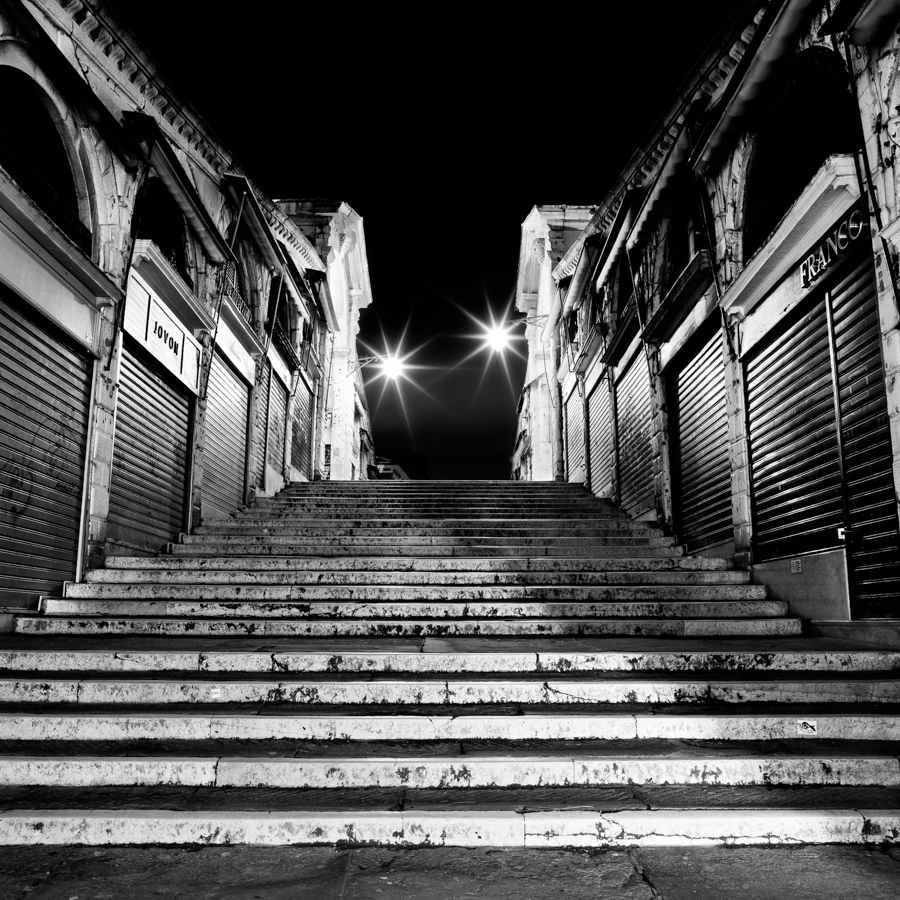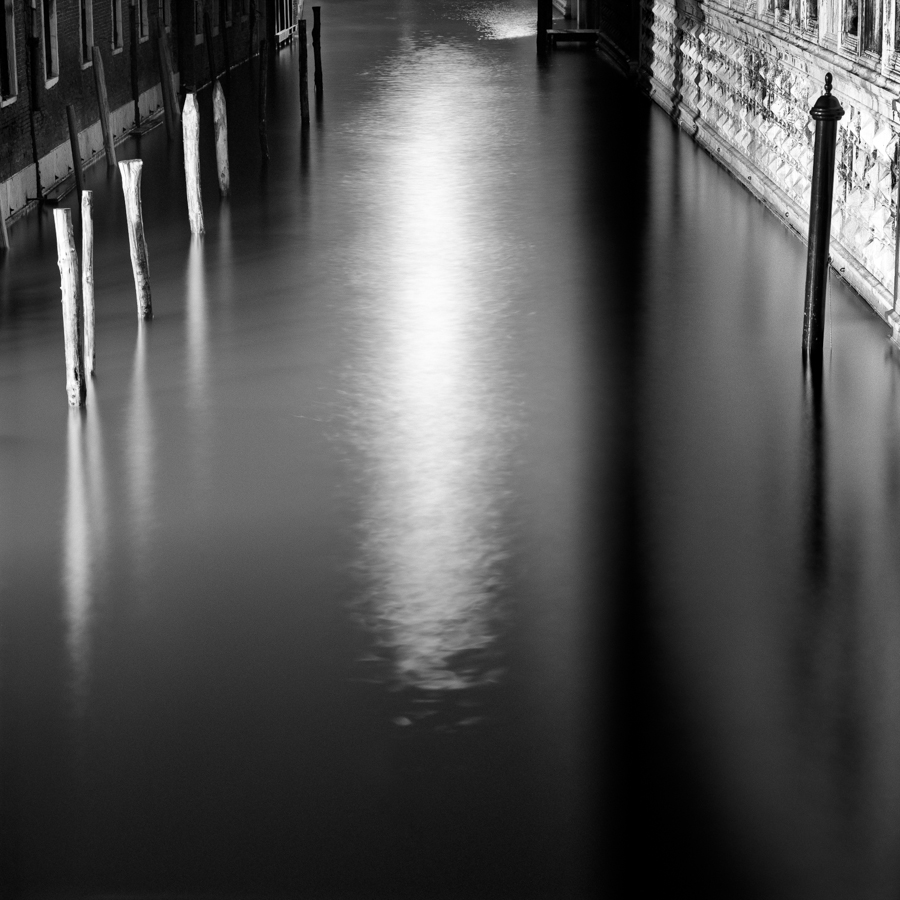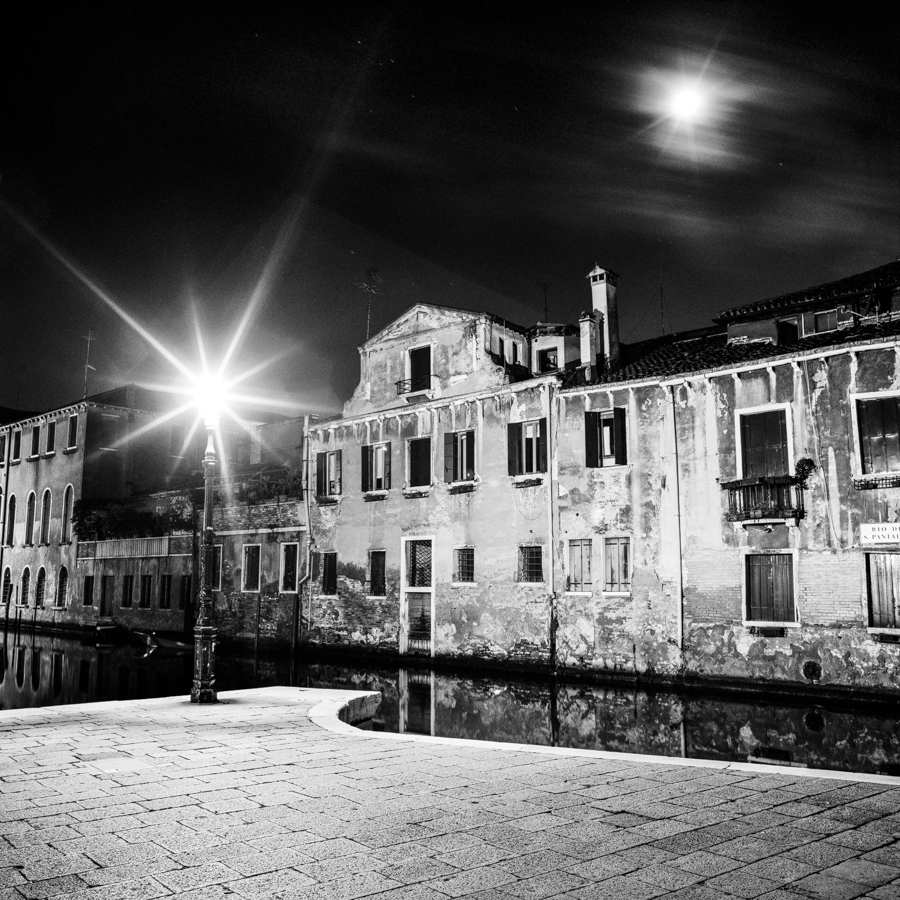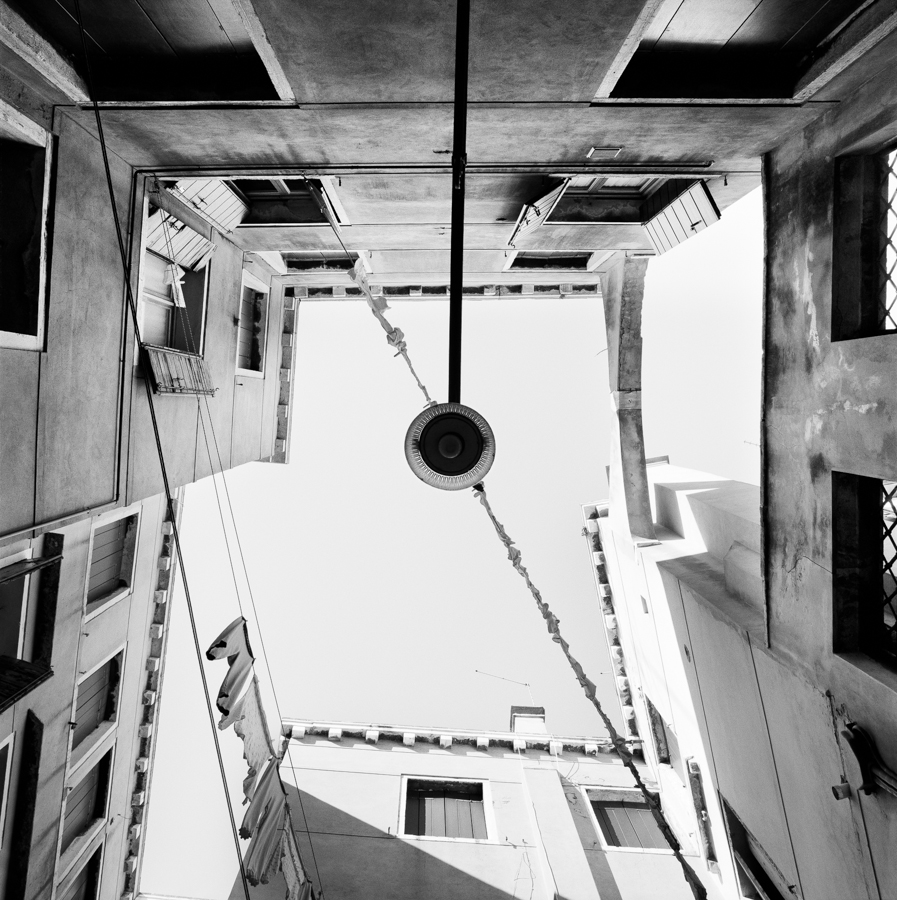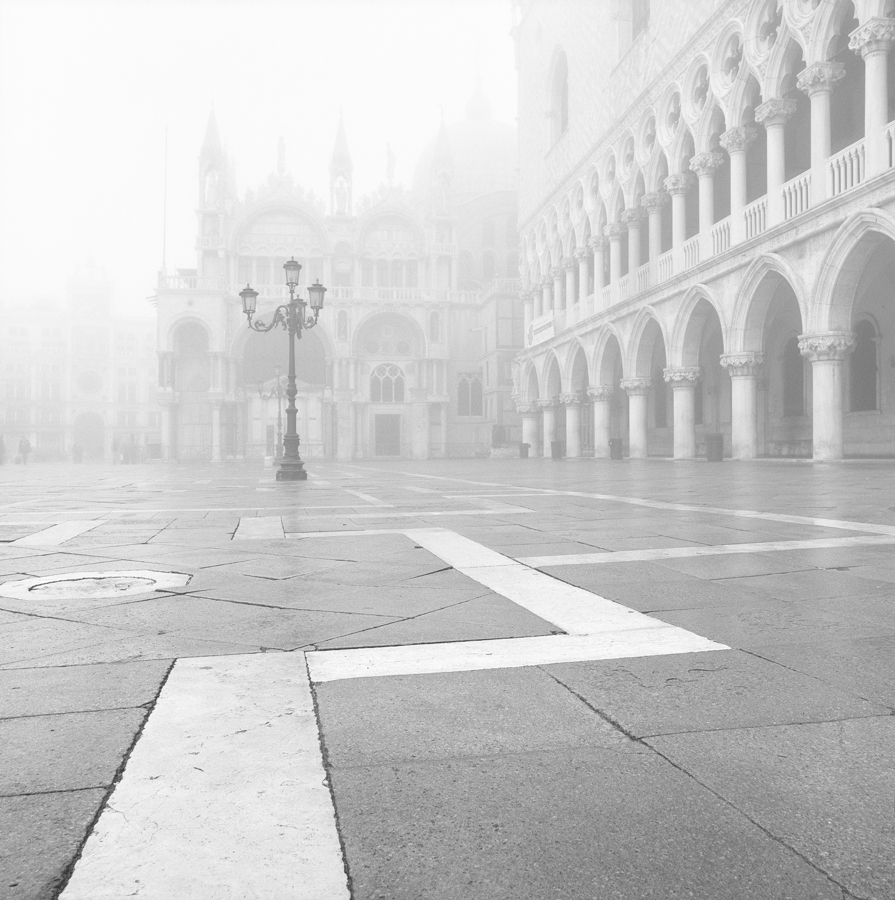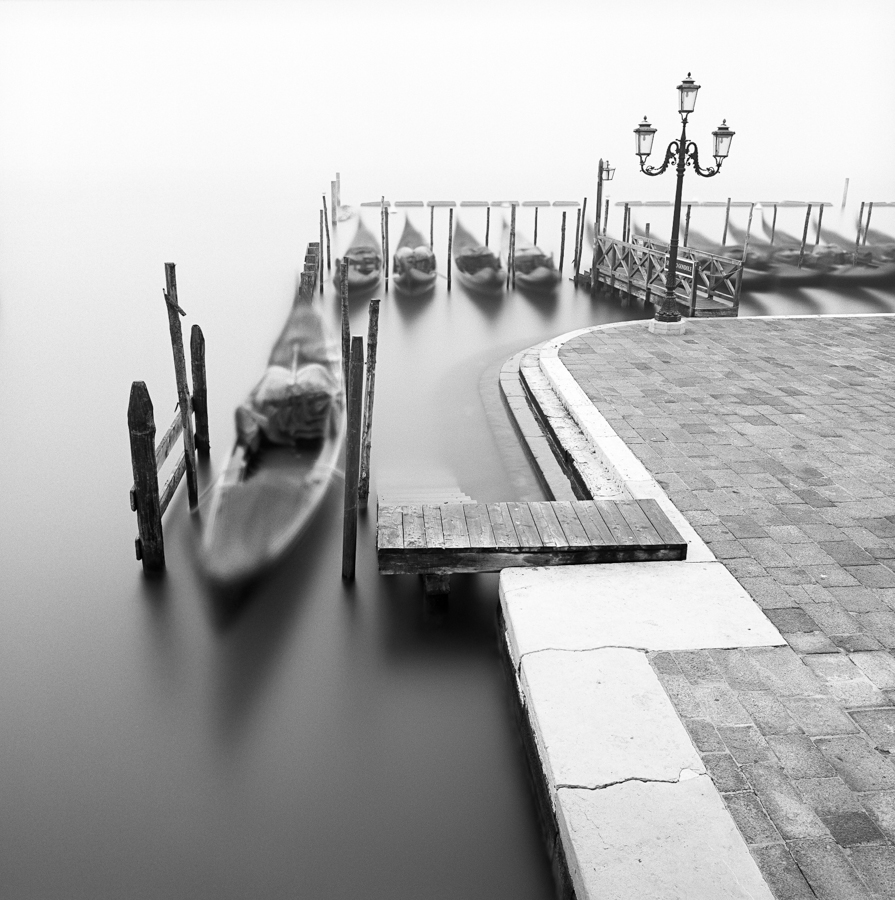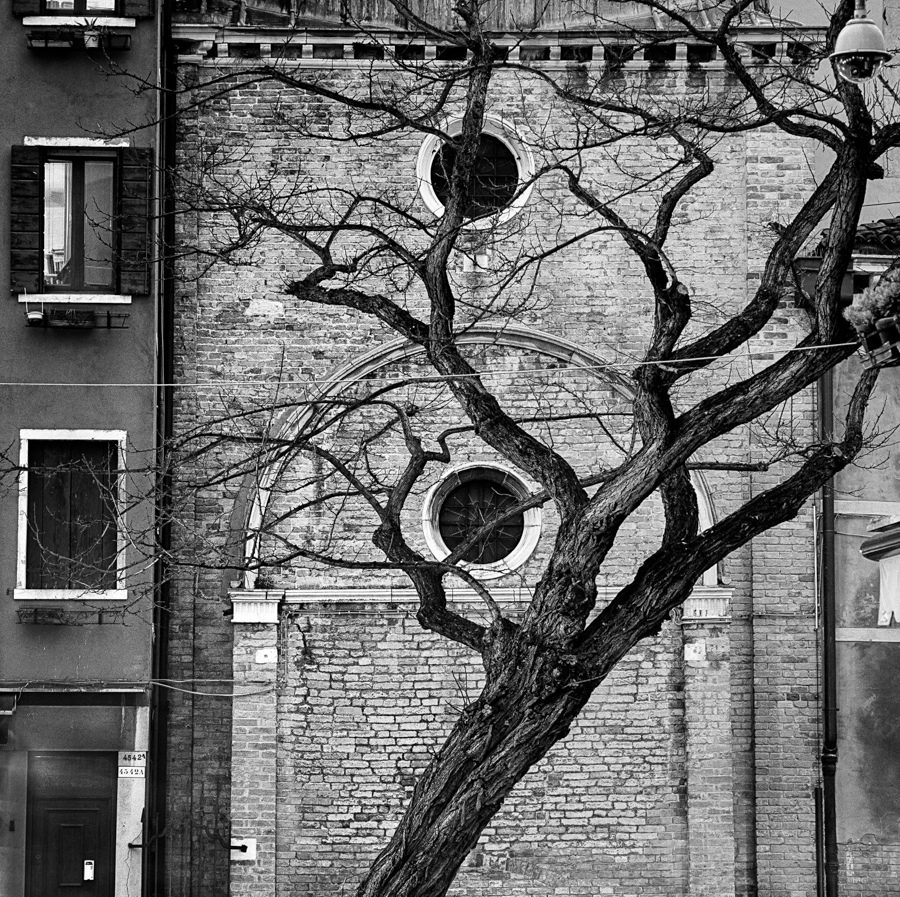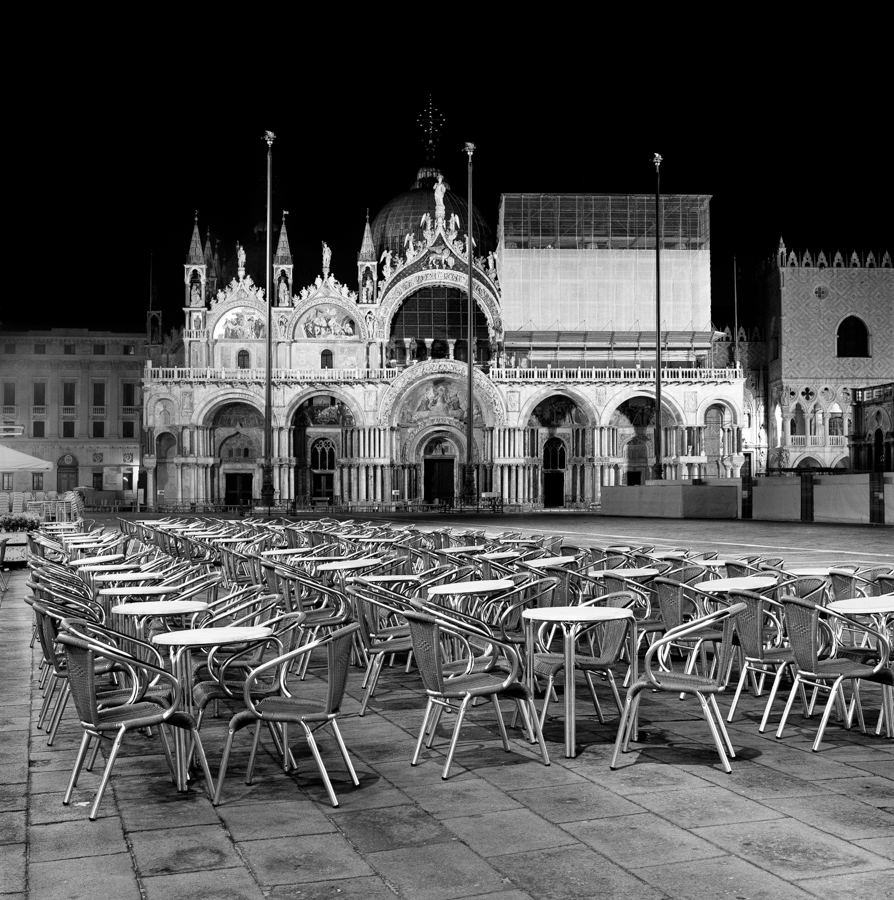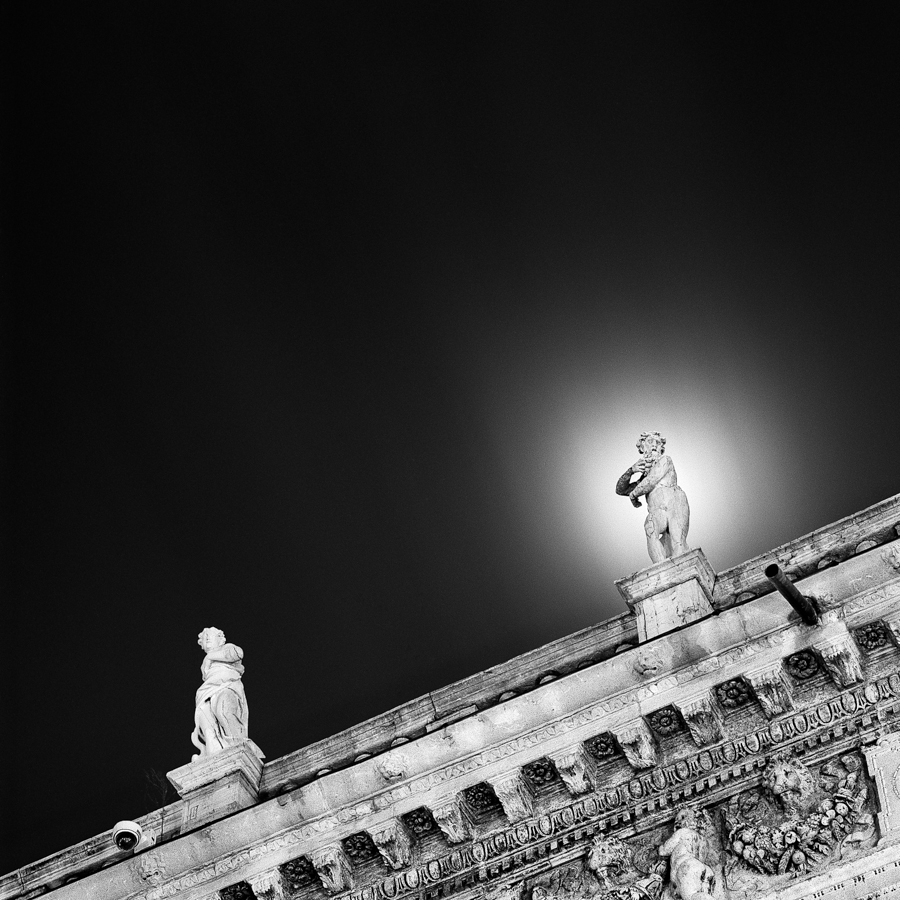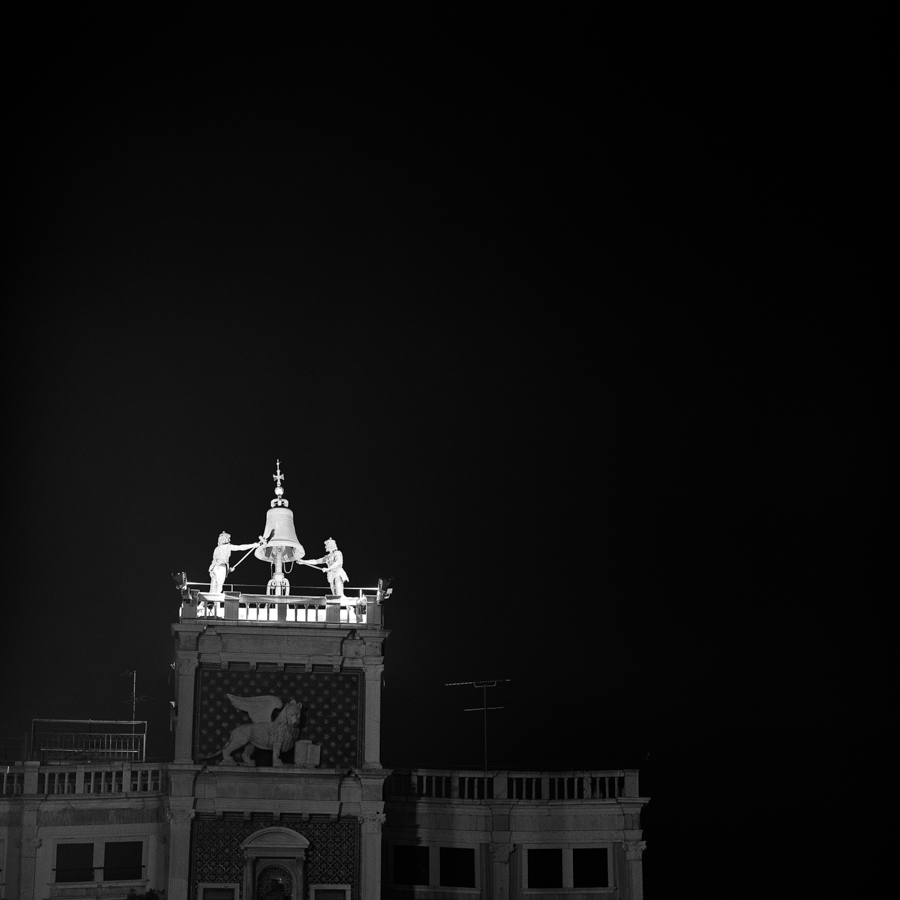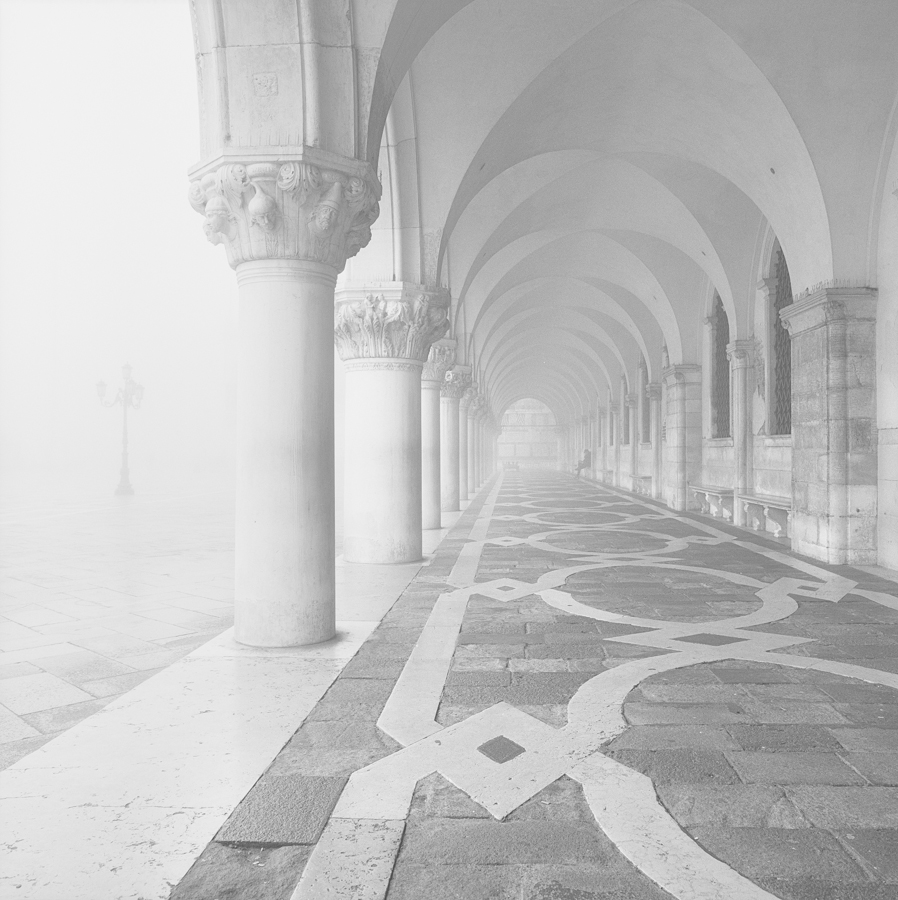I still remember the first time I visited the floating city almost two decades ago. At that time, nothing could have prepared me for the surrealistic view of a city rising from the water.
No matter how many photographs I had seen from Venice before, there I was frozen with a mixture of surprise and awe. My photographic interest in this city might come as a surprise to some. For some reason, I have always preferred getting lost in a forest rather than wandering around a city…
But Venice is not just a city; it is also a visual metaphor about the dual qualities of time and space. On one hand, there is a timeless character which seems to reign over the entire place. Due to the lack of references and its uniqueness, Venice seems to be an architectural mirage that defies the conventions of reality and seems to have been there since the origins of this world. Wandering around its canals and squares, it is difficult to imagine that it was all built by man, where once natural islands nestled in the middle of the sea lagoon. On the other hand though, Venice is the perfect metaphor for the passing of time, of change, of decay, of the ephemeral existence of a banal world anchored to reality. Rubbing shoulders with amazing palazzos and glinting cathedrals, a myriad of deliciously derelict buildings show the scars of time in their peeling facades full of character. Like a living organism, the whole city is aging… and dying. Silently, the floating city might sink in the future as the level of the sea rises.
I wanted to photograph this double nature of Venice. I was after photographs which would capture ethereal views of an empty city which seems to float in time and space. Photographs where I could show the solitude and the silence of a place where human presence is never shown, but hinted, where extraordinary elements juxtapose with the banal and anonymous subjects found in the labyrinth of alleys and squares stand proud against the indifference of the world. As Minor White would have said, I was not seeking to photograph Venice for what it is, but for what else it is: a theatre stage of squares, canals and alleys where the very duality of human existence is performed.
Dream versus reality, permanence versus decay, memory versus oblivion. I have always felt very much attracted by the notion of time, the nostalgic sentiment of seeing life passing by never to come back again. Maybe that is why I also love photography, the only medium which is able to freeze an instant of the world, saving it forever. And surely that is why I fell under the charm of Venice many years ago.
I knew from the beginning that I would use black and white film for this project. The quality and look of negative b&w film would help me convey that timeless character of Venice. Therefore, its wide latitude and non linear curve would allow me to photograph at ease during the night, in the high contrast of the dark canals lit by the lamps. I would also make the most of the reciprocity failure of film to photograph with very long exposures, erasing all moving elements, simplifying the compositions and giving the images a certain dreamlike and surrealistic look, as if the city were empty of inhabitants.
I have always loved the graphical strength of the square format, and this project became the perfect opportunity to use my Hasselblad system. No batteries, no LCD screens, no distractions. I got lost in the maze of canals, squares and hidden alleys and I quickly forgot I was using a camera. The goal was to focus on the emotional connection with the place and the moment. I opened my eyes and soul to the floating city, and the photographs came. [Official Website]



